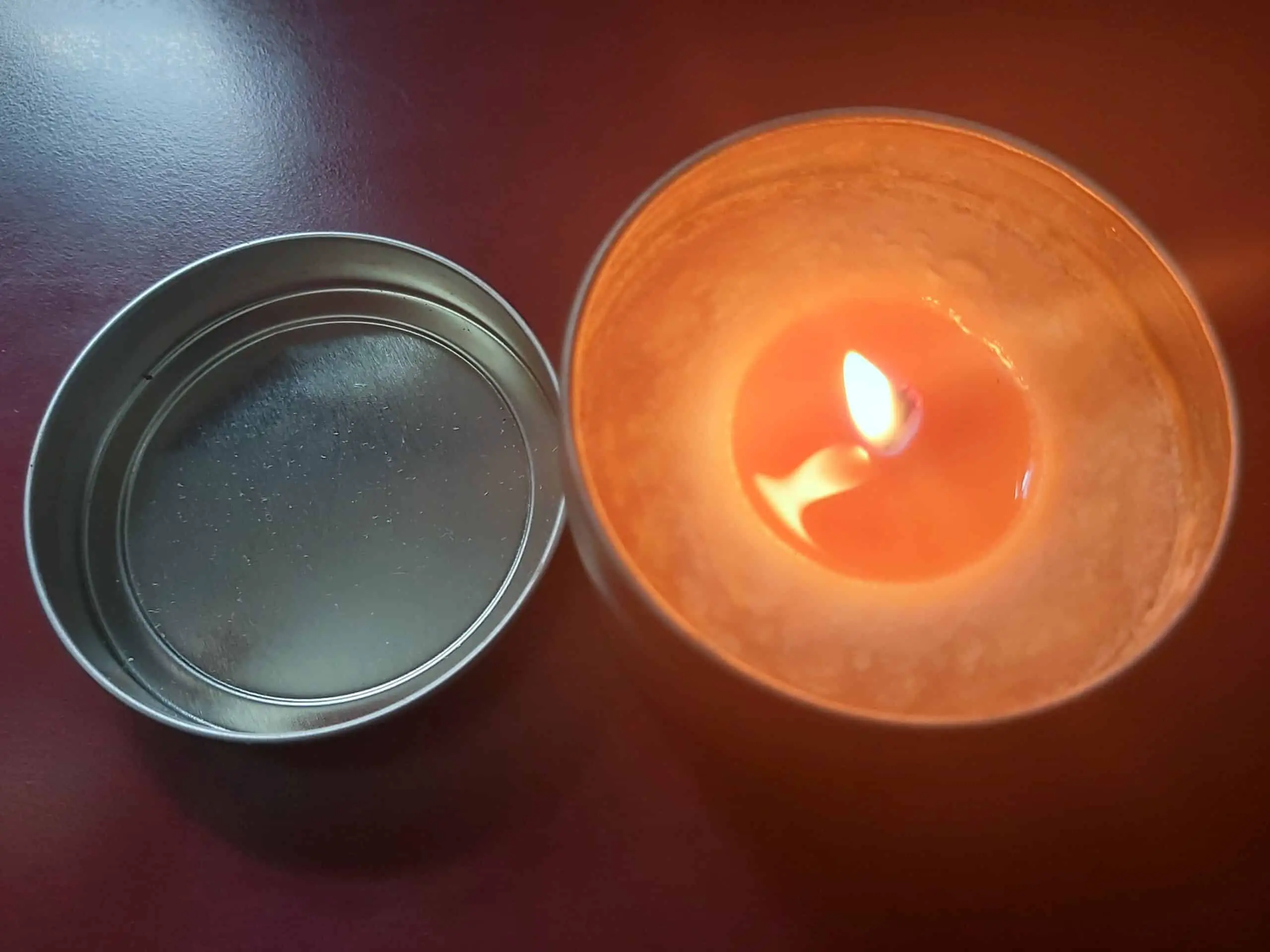

Articles
Why Does My Candles Sink In The Middle
Modified: February 25, 2024
Find out why your candles sink in the middle with our informative articles. Learn how to prevent this common issue and enjoy perfectly burning candles.
(Many of the links in this article redirect to a specific reviewed product. Your purchase of these products through affiliate links helps to generate commission for Storables.com, at no extra cost. Learn more)
Introduction
There’s nothing quite as relaxing as lighting a candle and enjoying its flickering glow. However, have you ever noticed that sometimes your candles develop a sinkhole in the middle as they burn? This can be both frustrating and disappointing, especially if you’ve invested in high-quality candles. But why does this happen?
The sinking of candles in the middle is a common issue that many candle lovers experience. It occurs when the wax in the center of the candle melts faster than the wax at the edges, causing a depression or sinkhole to form. Not only does this affect the appearance of the candle, but it can also impact its burn time and fragrance throw.
In this article, we will explore the various causes of sinking candles and how you can prevent this issue from occurring. By understanding the underlying reasons, you’ll be able to enjoy aesthetically pleasing and long-lasting candles every time you light them.
Key Takeaways:
- Choose the correct wick size and high-quality wax to prevent sinking candles. Proper cooling, draft-free placement, and careful burning techniques also contribute to even, long-lasting candle burns.
- Understanding and addressing factors like wick size, wax quality, and cooling process can help prevent sinking candles. Implement proper burning techniques and enjoy consistent, beautiful candle burns.
Read more: Why Does My Sink Gurgle
Causes of sinking candles
There are several factors that can contribute to the sinking of candles in the middle. Let’s delve into each one to gain a better understanding:
- Inadequate wick size: The size of the wick plays a crucial role in the even burning of a candle. If the wick is too small for the diameter of the candle, it may not generate enough heat to melt the wax evenly. As a result, the center of the candle will burn at a slower rate, leading to the formation of a sinkhole.
- Poor quality wax: The quality of the wax used in a candle can also affect how it burns. Cheaper or lower quality wax may contain additives or impurities that hinder its ability to burn evenly. In such cases, the candle is more likely to sink in the middle as the inferior wax melts at an uneven pace.
- Uneven cooling: After a candle has been burned, it needs to cool down evenly to maintain its shape. If a candle is not given enough time to cool properly or is exposed to sudden temperature changes, the center may collapse inward. This can happen if you extinguish the candle before it has completely formed a full melt pool or if you move it while the wax is still hot.
- Drafts and air circulation: Candles placed in drafty areas or areas with strong air circulation can experience uneven burning. When a draft disturbs the flame, it can create turbulence in the melt pool, causing the center of the candle to burn slower and create a sinkhole.
- Overheating: It’s essential to follow the recommended burn time guidelines for each candle. Overheating a candle by burning it for too long can cause the center to soften and sink. Additionally, exposure to direct sunlight or high temperatures can also lead to the melting of the wax in the middle, resulting in a sinkhole.
Understanding these causes will help you identify the potential reasons behind your sinking candles. By addressing these factors, you can take proactive steps to prevent your candles from sinking in the future.
Inadequate wick size
The size of the wick used in a candle plays a crucial role in its performance. When the wick is too small for the diameter of the candle, it may not generate enough heat to melt the wax evenly. As a result, the center of the candle burns at a slower rate compared to the outer edges, leading to the formation of a sinkhole.
Choosing the correct wick size depends on several factors, including the type of wax used, the diameter of the candle, and the desired burn time. If you’re experiencing sinking candles, it may be worth considering whether the wick size is appropriate for your candles.
To determine the correct wick size, you can refer to the wick size chart provided by candle-making suppliers. This chart suggests the appropriate wick size based on the diameter of your candle. For instance, a larger candle with a wider diameter will require a thicker wick to ensure proper heat distribution and even melting.
If you’re making your own candles, it’s important to experiment with different wick sizes to find the optimal one for your specific wax and container. Keep in mind that environmental factors, such as drafts or air circulation, can also affect the burn rate of the candle, so it’s essential to consider these factors when choosing the wick size.
By selecting the right wick size, you can ensure that your candles burn evenly and prevent the formation of sinkholes. A properly sized wick allows for a consistent melt pool to form, ensuring that all the wax is utilized and avoiding any wasted wax in the center of the candle.
Furthermore, using the correct wick size not only helps in preventing sinking candles but also promotes other desirable qualities such as a steady flame, maximum fragrance throw, and an extended burn time. Take the time to research and test different wick sizes to find the perfect fit for your candles and enjoy a beautiful, even burn every time you light them.
Poor quality wax
The quality of the wax used in a candle has a significant impact on its overall performance and burn quality. Poor-quality wax, which may contain additives or impurities, can contribute to the sinking of candles in the middle.
When lower quality wax is used, it may not burn evenly or consistently. This can result in the outer edges of the candle melting at a faster rate than the center. As a result, a sinkhole forms in the middle as the wax in that area remains solid while the rest of the candle burns down.
Choosing high-quality wax is essential for achieving a clean and even burn. Look for waxes that are specifically designed for candle making and are free from additives or fillers. Natural waxes like soy wax and beeswax are popular choices for their clean-burning properties and ability to hold fragrance well.
Additionally, it’s important to consider the melting point of the wax. Different waxes have different melting points, and using a wax with a melting point that matches the intended burn time can help prevent the formation of sinkholes. If the wax melts too quickly, it can lead to uneven burning and sinking in the center.
Before purchasing wax, read reviews and do research to ensure that it is of high quality and suitable for your specific candle-making needs. Investing in good-quality wax not only helps prevent sinking candles but also improves the overall burn quality, fragrance throw, and longevity of your candles.
Furthermore, proper storage of your candles can also impact the quality of the wax. Store your candles in a cool and dry place, away from direct sunlight or extreme temperature fluctuations. Exposure to heat and sunlight can cause the wax to soften, affecting its overall quality and increasing the likelihood of sinking in the middle.
By using high-quality wax and storing your candles properly, you can minimize the chances of experiencing sinking candles and achieve beautiful, long-lasting burn results.
Uneven cooling
Proper cooling is an important aspect of candle making and burn quality. When a candle is not allowed to cool evenly, it can lead to the formation of sinkholes in the center.
After you have extinguished a candle, it’s crucial to give it enough time to cool down completely before relighting or moving it. If a candle is moved or disturbed while the wax is still hot and malleable, it can result in an uneven surface and cause the center to collapse inward.
To ensure even cooling, it’s recommended to follow these guidelines:
- Allow for a full melt pool: When you light a candle, it’s important to let it burn until a full melt pool forms. A melt pool refers to the melted wax that reaches the edges of the container. This helps to ensure an even burn and prevents the formation of sinkholes. If a candle is not allowed to create a full melt pool during the initial burn, it may result in uneven cooling and sinking in the center.
- Avoid extinguishing the candle too soon: Extinguishing a candle before a full melt pool has formed can also contribute to uneven cooling. If you blow out the flame prematurely, the wax may not have had enough time to completely melt and distribute heat evenly. This can lead to a sinkhole forming in the center of the candle.
- Avoid moving a hot candle: It’s essential to let the candle cool down completely before moving it. Moving a hot candle can disrupt the cooling process and result in an uneven surface. If you need to change the location of a candle, ensure that the wax has solidified and is no longer malleable.
- Avoid placing candles in a drafty area: Air circulation around a burning candle can affect how evenly it burns and cools. Placing candles in drafty areas or areas with strong air currents can disrupt the heat distribution and result in uneven cooling. This can cause sinkholes to develop in the center of the candle.
By implementing these cooling techniques, you can help prevent the formation of sinkholes and ensure that your candles maintain a smooth and even surface. Proper cooling not only enhances the visual appeal of your candles but also contributes to their longevity and burn quality.
Read more: Why Does My Poop Sink In The Toilet
Drafts and air circulation
Drafts and air circulation can significantly impact the burn quality of candles and contribute to the formation of sinkholes in the center. When a candle is exposed to drafts or areas with strong air currents, it can disrupt the flame and lead to uneven burning.
Drafts can cause turbulence in the melt pool, which is the liquid wax that forms as the candle burns. This turbulence can disturb the heat distribution and result in the center of the candle burning at a slower pace compared to the outer edges. Over time, this uneven burning can create a sinkhole in the middle of the candle.
To prevent the influence of drafts and air circulation on candle burning, consider the following steps:
- Choose the right location: When placing your candles, select an area in your home that is not prone to drafts. Avoid placing candles near open windows, fans, air conditioning vents, or doorways with a lot of foot traffic. By choosing a draft-free location, you minimize the chances of disruptions in the flame and ensure a more even burn.
- Use candle accessories: Candle accessories can help protect the flame from drafts and keep the burn consistent. Consider using a candle snuffer to extinguish the flame instead of blowing it out, as blowing can create air movement that may disturb the melt pool. Additionally, candle shades or hurricanes can provide a barrier against drafts while still allowing the fragrance and glow to fill the room.
- Trim the wick: A long or improperly trimmed wick can create a larger and more erratic flame, which is more susceptible to being affected by drafts. Regularly trim the wick to about ¼ inch before lighting the candle to promote a more controlled burn and reduce the impact of air movement on the flame.
- Avoid overcrowding: Burning too many candles in close proximity can create a significant amount of heat and air movement. This can lead to increased drafts and turbulence, resulting in uneven burning and potential sinkholes. Make sure to space out your candles adequately to allow for proper air circulation.
By being mindful of drafts and air circulation and taking the necessary precautions, you can ensure that your candles burn evenly and avoid the frustration of sinkholes in the middle. A calm and undisturbed burn environment will contribute to a more enjoyable candle experience with consistent burn quality and aesthetics.
Overheating
Overheating is another factor that can contribute to the sinking of candles in the middle. When a candle is exposed to excessive heat, either from extended burn times or external sources, it can soften the wax and cause it to sink.
Here are some factors to consider regarding overheating and how to prevent it:
- Follow burn time guidelines: Each candle has a recommended burn time indicated by the manufacturer. It’s important to adhere to these guidelines to prevent overheating. Burning a candle for longer than the recommended time can generate too much heat, causing the wax to soften and sink in the center. Always trim the wick and extinguish the candle once it reaches the recommended burn time.
- Avoid direct sunlight and high temperatures: Exposure to direct sunlight or placing candles in areas with high temperatures can also lead to overheating. The heat from the sun or surrounding environment can cause the wax to soften and melt unevenly, resulting in a sinkhole. Keep your candles away from windows, radiators, and other sources of heat to maintain a stable burn temperature.
- Proper candle care and maintenance: Regular maintenance and care can help prevent overheating. Trim the wick to the recommended length before each use. This ensures a controlled flame and reduces the chances of excessive heat production. Additionally, keep the candle free from dust and debris, as these can contribute to a hotter burn and potentially cause sinkholes.
- Consider candle size and container: Larger candles or candles in wide containers may require longer burn times to fully melt the wax across the entire surface. This increases the risk of overheating and, subsequently, the formation of sinkholes. If you prefer larger candles, consider using multiple wicks or choosing narrower containers to facilitate more even burning and prevent overheating.
By being mindful of overheating and implementing the suggested measures, you can ensure that your candles maintain their shape and burn evenly without sinking in the middle. Following recommended burn times, proper candle care, and avoiding excessive heat exposure will help you achieve optimal burn quality and maximize the lifespan of your candles.
To prevent candles from sinking in the middle, try to avoid drafts and keep the wick trimmed to 1/4 inch. This will help the candle burn evenly and prevent sinking.
How to prevent candles from sinking
Experiencing sinking candles can be frustrating, but there are several preventive measures you can take to ensure your candles burn evenly and maintain their shape. By addressing the potential causes of sinking candles, you can enjoy beautiful, long-lasting candles every time you light them.
- Use the correct wick size: Choosing the appropriate wick size is crucial for an even burn. Refer to a wick size chart to determine the right wick size based on the candle’s diameter. A properly sized wick ensures optimal heat distribution and helps prevent sinkholes.
- Opt for high-quality wax: Invest in high-quality wax that is specifically formulated for candle making. Look for pure, additive-free waxes like soy wax or beeswax. Good-quality wax ensures even burning and reduces the likelihood of sinking in the middle.
- Ensure even cooling: Allow your candles to cool down completely after each burn before relighting or moving them. Avoid extinguishing the candle prematurely, as this can lead to uneven cooling and sinkholes. Give the wax sufficient time to solidify and cool evenly.
- Avoid placing candles in drafty areas: Drafts and strong air circulation can disrupt the flame and cause turbulence in the melt pool. This can result in uneven burning and the formation of sinkholes. Choose a stable, draft-free location for your candles to ensure a consistent burn.
- Use proper burning techniques: Follow the recommended burn times for your candles and trim the wick to the appropriate length before each use. Avoid burning candles for too long, as overheating can cause the wax to soften and sink. Proper maintenance and care contribute to a more even burn and prevent sinkholes.
Implementing these preventive measures will help minimize the chances of experiencing sinking candles. By using the correct wick size, opting for high-quality wax, ensuring even cooling, avoiding drafty areas, and practicing proper burning techniques, you can enjoy candles that burn evenly, last longer, and maintain their appearance.
Remember, candle making and burning are both art forms that require attention to detail and care. By taking these precautions, you can enhance your candle experience and create a warm and inviting atmosphere in your home.
Use the correct wick size
One of the key factors in preventing candles from sinking in the middle is using the correct wick size. The size of the wick directly affects how the candle burns and distributes heat throughout the wax.
Using a wick that is too small for the diameter of the candle can result in inadequate heat generation, leading to an uneven burn and the formation of a sinkhole in the center. On the other hand, using a wick that is too large for the candle can cause excessive heat, resulting in a fast-burning candle and potential wax overflow.
To determine the correct wick size for your candle, consider several factors:
- Candle diameter: Measure the diameter of your candle to determine the appropriate wick size. Wick manufacturers often provide charts that match wick sizes to different candle diameters. Choose a wick that matches the specific dimensions of your candle to ensure proper heat distribution and a consistent burn.
- Wax type and additives: Different types of wax have different burn and melt characteristics. Factors like fragrance oils, dyes, or additives used in the wax can also affect the burning process. Be sure to consider the specific properties of your chosen wax and any additional ingredients when selecting the right wick size.
- Desired burn time: The burn time you desire for your candle also influences the choice of wick size. A thicker wick will provide a larger flame and more heat, resulting in a faster burn. If you prefer a longer-lasting candle, opt for a thinner wick that delivers a smaller flame and slower burn rate.
- Container size and shape: The container or vessel where the candle is housed is an important consideration as well. If your candle is in a deep or wide container, you may need a larger or multiple wicks to ensure the entire surface area of the wax melts evenly. On the other hand, a smaller container may require a thinner wick to prevent excessive heat and sinkage.
Experimentation and testing are often necessary when determining the correct wick size for your candles. Start with a wick size that appears appropriate based on the factors above and burn the candle to observe its performance. If the candle burns too slowly or creates a large melt pool, try a thicker wick. If it burns too quickly or produces excessive heat, opt for a thinner wick.
By using the correct wick size, you ensure that your candles burn evenly, reducing the likelihood of sinkholes forming in the middle. Proper heat distribution and a consistent burn promote a longer, more enjoyable candle experience.
Read more: Why Does My Sink Water Smell
Opt for high-quality wax
Choosing the right wax is crucial in preventing candles from sinking in the middle. High-quality wax not only ensures a clean and consistent burn but also helps maintain the shape and structural integrity of the candle.
When selecting wax for your candles, consider the following factors:
- Purity: Look for waxes that are pure and free from additives or impurities. These additives can affect the burn quality and lead to uneven melting and sinkholes. Natural waxes like soy wax, beeswax, and coconut wax are often preferred for their clean-burning properties.
- Specific candle-making waxes: Some waxes are specifically formulated for candle making, offering the ideal balance of hardness, melting point, and burn characteristics. These waxes are engineered to promote even burning, reduce tunneling, and minimize the chances of sinkage. Be sure to choose a wax that is specifically designed for candle making, rather than a generic wax intended for other purposes.
- Melting point: The melting point of the wax is particularly important in preventing sinkholes. If the wax melts at a higher temperature than necessary, it can contribute to uneven melting and potential sinking in the middle. Use waxes with a melting point that aligns with the typical burn time of your candles to ensure a consistent and even burn.
- Supplier reputation: Research reputable suppliers and read reviews to ensure the quality and reliability of the wax you purchase. Look for suppliers known for their commitment to producing high-quality candle-making materials. Seeking recommendations from fellow candle makers can also be helpful in finding the best wax options.
By opting for high-quality wax, you can create candles that burn evenly, minimizing the risk of sinkholes. These waxes have better consistency, burn cleaner, and have fewer impurities that could affect the burn quality and appearance of your candles.
Additionally, proper storage of your wax is also important. Keep your wax in a cool, dry place away from direct sunlight or extreme temperature fluctuations. Exposure to heat can cause the wax to soften or become lumpy, which may lead to uneven melting and potential sinking.
Investing in high-quality wax not only ensures the longevity and aesthetic appeal of your candles but also enhances the overall candle-burning experience. By carefully selecting the right wax for your candle-making endeavors, you can create beautiful, well-performing candles that bring warmth and ambiance to any space.
Ensure even cooling
Proper cooling is essential in preventing candles from sinking in the middle. When a candle cools unevenly, it can lead to the formation of sinkholes and affect the overall appearance and burn quality.
To ensure even cooling, follow these tips:
- Allow for a full melt pool: When you light a candle, make sure to allow it to burn long enough to create a full melt pool. A melt pool refers to the liquid wax that forms on the surface of the candle as it burns. Allowing the entire surface to melt ensures that the wax is evenly distributed and minimizes the chances of sinkholes forming. The general rule of thumb is to burn a candle for at least one hour per inch of its diameter.
- Avoid extinguishing prematurely: Extinguishing a candle before a full melt pool has formed can result in uneven cooling and the potential for sinking in the middle. Allow the candle to burn until the wax has melted all the way to the edges of the container. This ensures proper heat distribution and minimizes any sinkage issues.
- Avoid moving a hot candle: Moving a hot candle before it has thoroughly cooled can disrupt the even cooling process and lead to an uneven surface or sinkholes. After extinguishing the flame, allow the candle to cool completely and solidify before handling or moving it. This ensures that the wax maintains its shape and cools uniformly.
- Keep candles away from direct cold air: While it’s important to avoid drafts and air movement during the burning process, it’s equally important to keep your candles away from direct cold air once they are extinguished. Rapid cooling caused by cold air can result in uneven solidification of the wax and potential sinkage. Choose a warm and stable location for your candles to cool down.
By following these practices, you can promote even cooling and minimize the likelihood of sinkholes forming in the middle of your candles. Remember, patience is key in allowing candles to cool down properly. Rushing the cooling process can lead to unintended consequences, so give your candles the time they need to set and solidify evenly.
Additionally, it’s important to note that the type of wax and container used can also affect the cooling process. Some waxes have different solidification rates, so be sure to choose appropriate wax and container combinations for optimal cooling and overall candle performance.
By ensuring even cooling, you can maintain the shape, appearance, and burn quality of your candles, providing you with a more enjoyable and satisfying candle-burning experience.
Avoid placing candles in drafty areas
Placing candles in drafty areas can disrupt the burn process and contribute to the sinking of candles in the middle. Air circulation caused by drafts can affect the flame and create uneven heating and cooling patterns, leading to sinkholes and an inconsistent burn.
To prevent the impact of drafts on your candles, consider the following measures:
- Choose a stable location: When selecting a spot for your candles, opt for a stable and draft-free area. Avoid placing candles near open windows, doors, fans, or air vents where airflow is strong. These areas can introduce drafts that interfere with the flame and melt pool, causing uneven burning and potential sinking in the middle.
- Consider candle accessories: Using candle accessories like shades, hurricanes, or candle holders with covers can help protect the flame from drafts while still allowing adequate airflow for proper combustion. These accessories create a barrier around the flame, reducing the impact of surrounding drafts and maintaining a more consistent burn.
- Avoid burning candles outdoors: Outdoor spaces are often subject to constant air movement, making it difficult to avoid drafts. Burning candles outdoors can lead to an uneven burn and increased chances of sinkholes. If you prefer to enjoy candlelight outdoors, consider using flameless candles or enclosed lanterns that can provide a more controlled environment for the flame.
- Close doors and windows: If you need to burn candles in an area where drafts are difficult to avoid, make an effort to minimize their impact. Close doors and windows to reduce airflow, creating a more controlled environment for your candles. This can help maintain a more consistent burn and decrease the chances of sinkage.
By avoiding drafty areas, you can promote a more even burn and prevent sinkholes from forming in your candles. Consistency in air circulation around the flame allows for better heat distribution and ensures that the wax melts evenly across the surface.
Additionally, it’s important to note that certain candle types, such as pillar candles or freestanding candles, are more susceptible to drafts due to their exposed sides. Tapered or container candles are often better protected against drafts since they are enclosed within a container or holder.
By being mindful of the placement of your candles and taking measures to limit the impact of drafts, you can create a stable burn environment and enjoy candles that burn evenly and maintain their shape throughout their lifespan.
Use proper burning techniques
Using proper burning techniques is vital in preventing candles from sinking in the middle and ensuring a consistent, even burn. By following these guidelines, you can optimize the performance of your candles and maintain their shape throughout their lifespan.
- Trim the wick before each use: Before lighting a candle, make sure to trim the wick to around ¼ inch. This helps control the size of the flame and prevents it from becoming too large or flickering excessively. A well-trimmed wick promotes an even burn and reduces the chances of overheating and sinkage.
- Avoid extended burn times: Candles are designed to be burned for a specific period of time. Follow the recommended burn time indicated by the manufacturer to prevent overheating. Burning a candle for longer than the recommended duration can cause excessive heat, leading to softening of the wax and the formation of a sinkhole in the center.
- Allow the candle to create a full melt pool: During the initial burn, it’s important to allow the candle to create a full melt pool. A full melt pool refers to the liquid wax that completely covers the surface of the candle. This ensures that the wax melts evenly and prevents the formation of sinkholes. To achieve a full melt pool, burn the candle for at least an hour per inch of its diameter.
- Extinguish the candle properly: Extinguish the candle by using a candle snuffer or gently blowing it out, avoiding any excessive force or movement. Blowing out the candle too forcefully can cause liquid wax to splatter and potentially lead to uneven cooling. A gentle extinguishing method helps maintain the shape of the wax and reduces the risk of sinkage.
- Burn candles in a stable environment: Ensure that the surface on which you place your candle is stable and level. This helps prevent any unintentional movement or tilting of the candle, which can lead to uneven burning and the formation of sinkholes. Avoid placing candles on uneven surfaces or areas where they are likely to be bumped or jostled.
By adopting these proper burning techniques, you can optimize the burn quality of your candles and reduce the chances of experiencing sinkholes. Consistent trimming of the wick, adhering to recommended burn times, creating full melt pools, and properly extinguishing the flame all contribute to a more even and controlled burn.
Furthermore, always follow the safety guidelines provided by the candle manufacturer. Keep candles away from flammable materials, out of the reach of children and pets, and never leave a burning candle unattended. Taking proper precautions ensures not only the longevity of your candles but also a safe and enjoyable candle-burning experience.
By using the correct burning techniques, you can maintain the integrity of your candles, prevent sinkholes, and enjoy the cozy ambiance they provide.
Read more: Why Does My Memory Foam Mattress Sink
Conclusion
Sinking candles in the middle can be a frustrating issue for candle enthusiasts, but by understanding the causes and implementing preventive measures, you can enjoy consistent, even burning without the formation of sinkholes. Addressing factors such as the wick size, wax quality, cooling process, drafts, and proper burning techniques can make a significant difference in the appearance and performance of your candles.
Using the correct wick size ensures optimal heat distribution and promotes an even burn, preventing sinkholes. Opting for high-quality wax that is free from additives and impurities is essential for a clean and consistent burn. Ensuring even cooling by allowing the candle to create a full melt pool, avoiding premature extinguishing, and avoiding moving a hot candle helps maintain the shape and integrity of the wax. Placing candles in draft-free areas reduces the chances of air disturbances and turbulence, contributing to a more even burn. Lastly, practicing proper burning techniques, such as trimming the wick, following recommended burn times, and careful extinguishing, ensures optimal burn quality and reduces the risk of sinkage.
Remember to choose candles that are suitable for your desired burn time and follow the manufacturer’s guidelines for safety and usage. By being proactive and attentive to these factors, you can enjoy beautifully burning candles that enhance the ambiance of any space.
In conclusion, a combination of thoughtful candle selection, proper care, and attention to burning practices will help you prevent sinkage and maximize the enjoyment of your candles. With these tips in mind, you can create a serene and cozy atmosphere with candles that burn evenly and maintain their shape, providing a delightful sensory experience for you and your loved ones.
Frequently Asked Questions about Why Does My Candles Sink In The Middle
Was this page helpful?
At Storables.com, we guarantee accurate and reliable information. Our content, validated by Expert Board Contributors, is crafted following stringent Editorial Policies. We're committed to providing you with well-researched, expert-backed insights for all your informational needs.
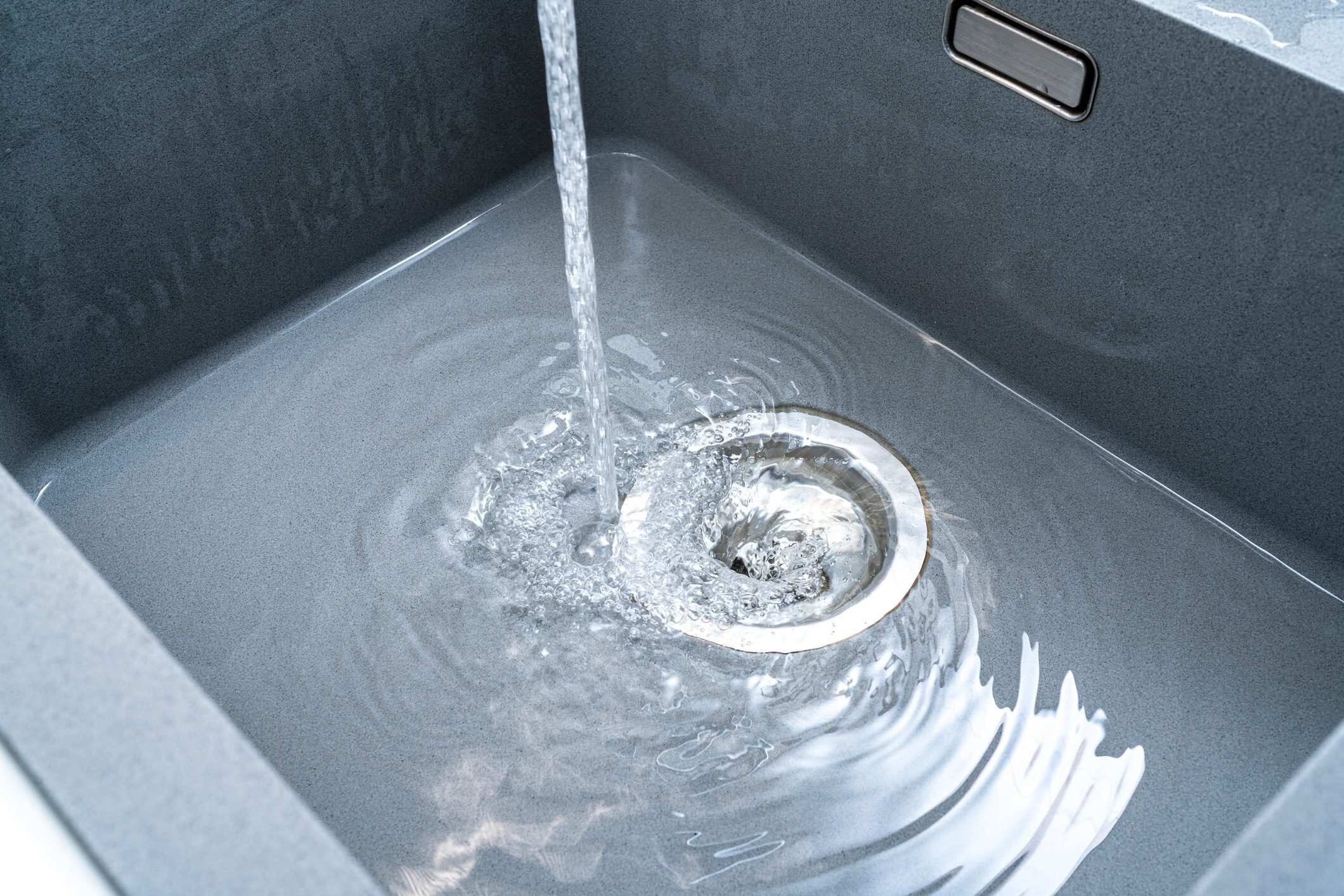

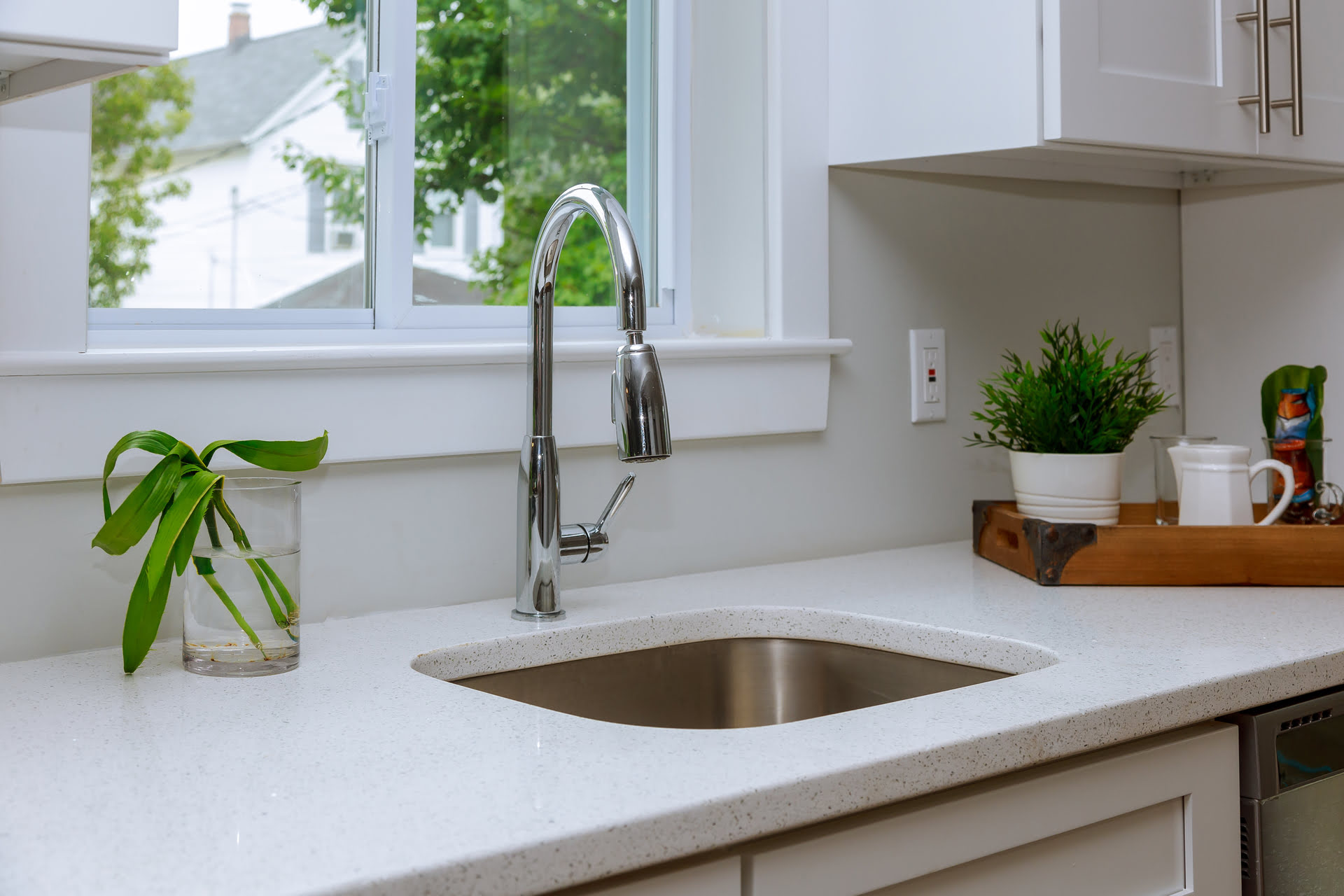
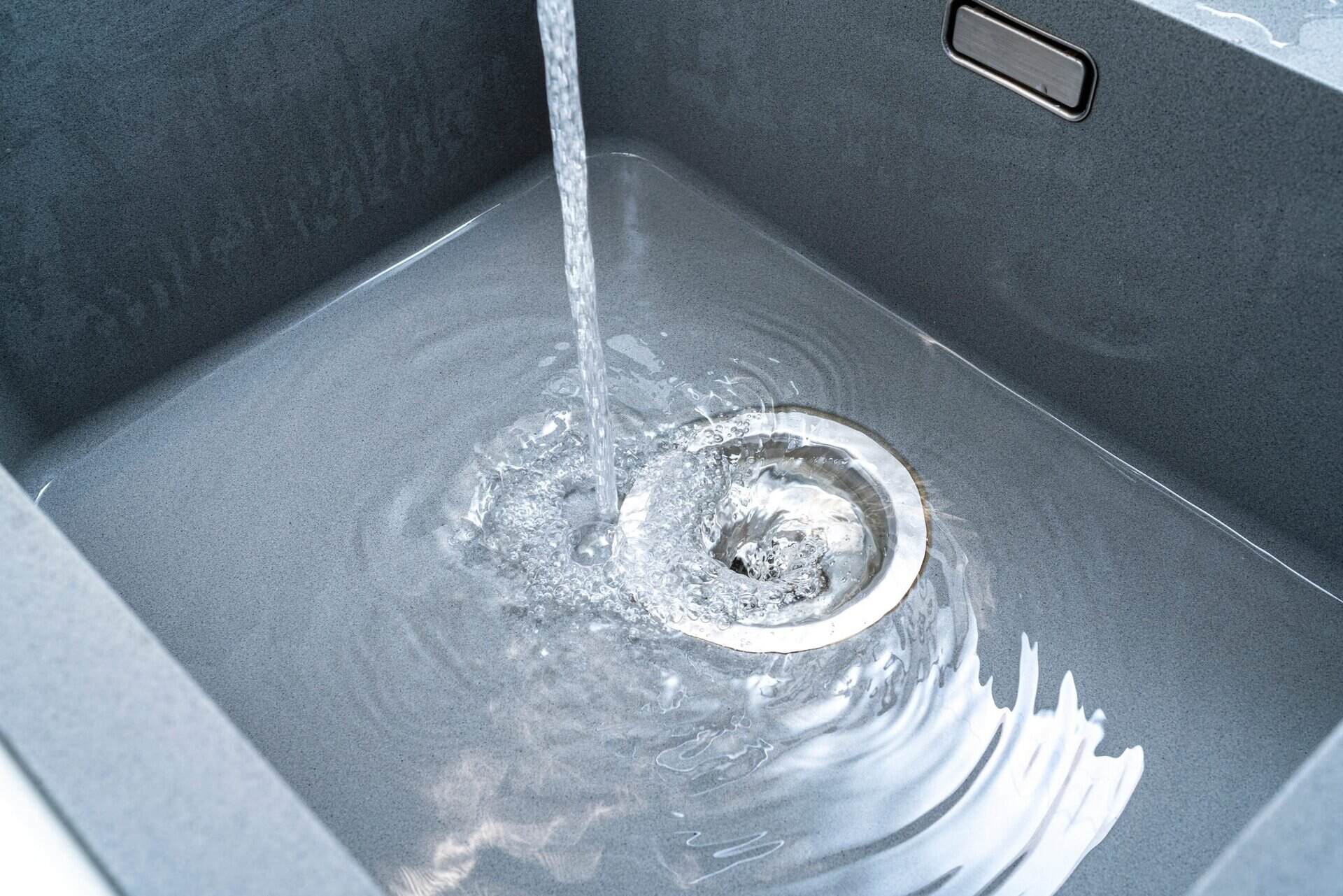
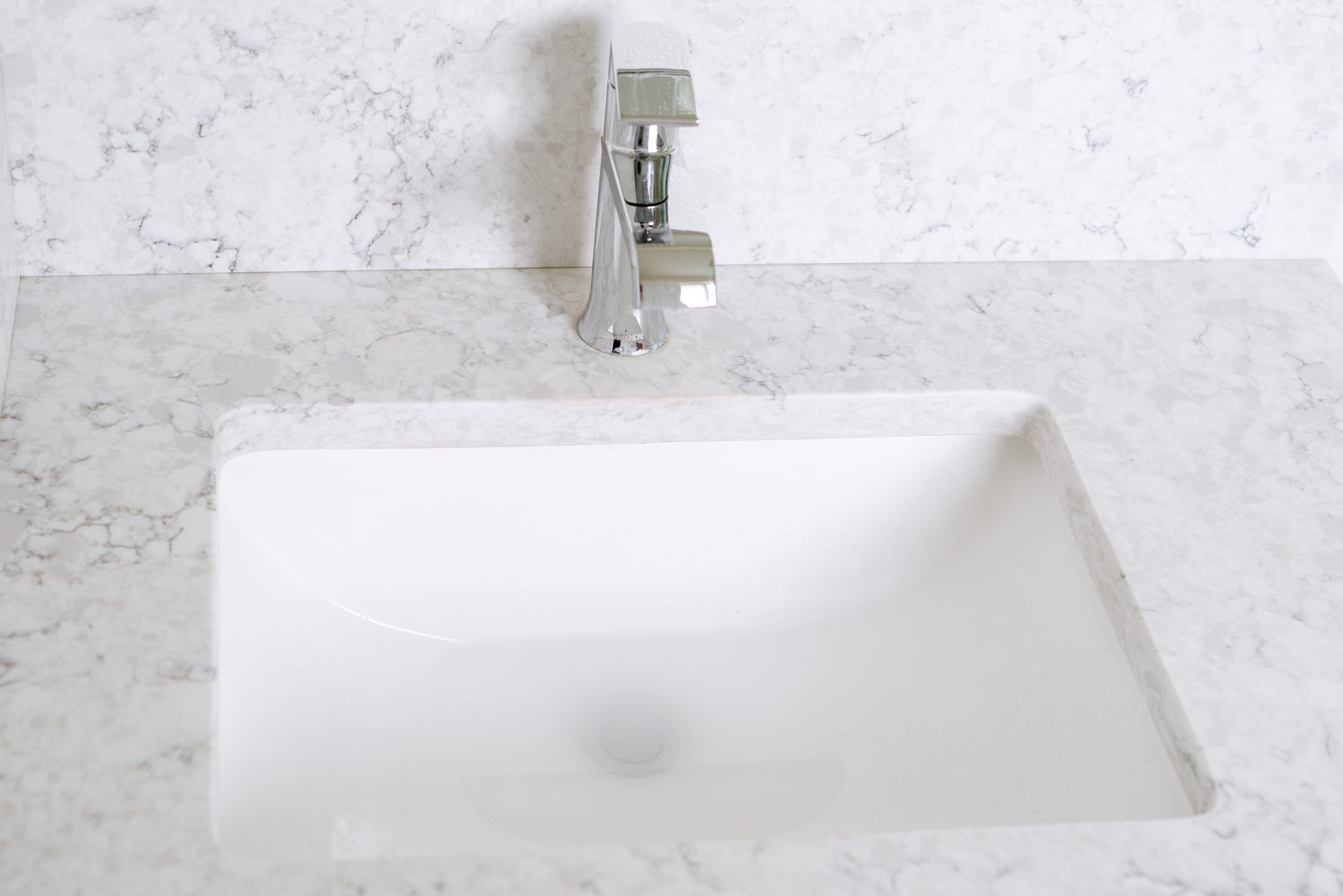
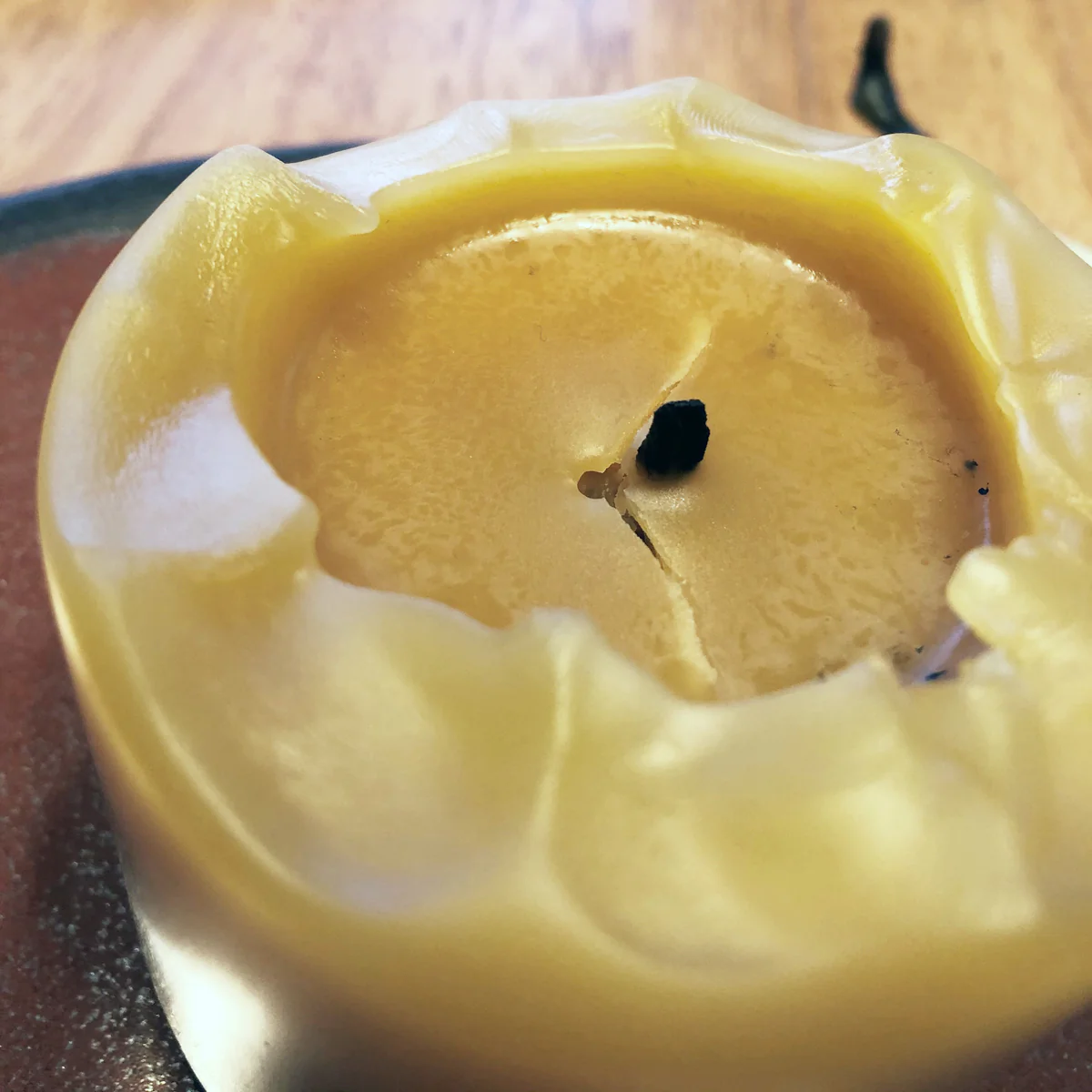


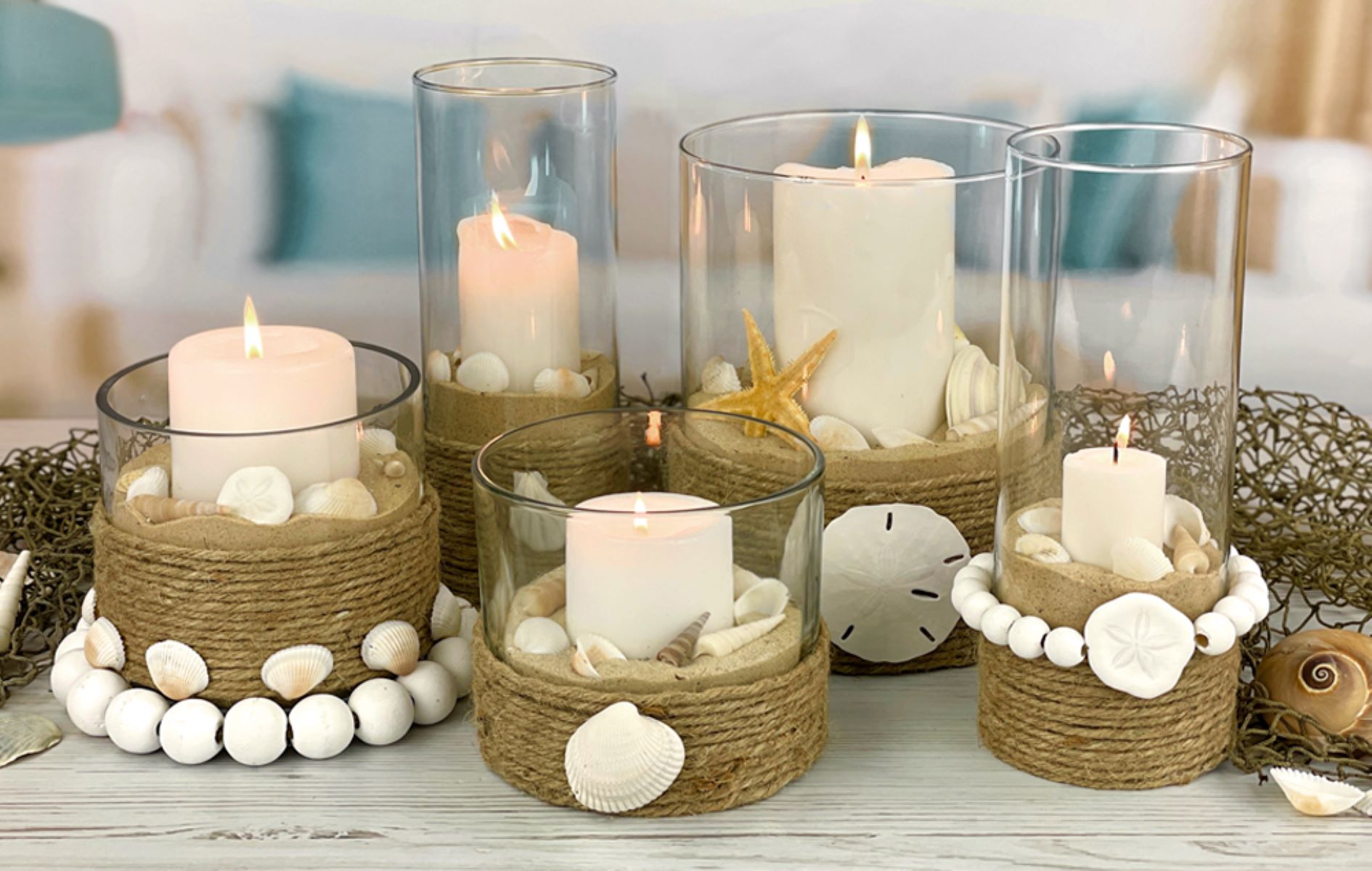

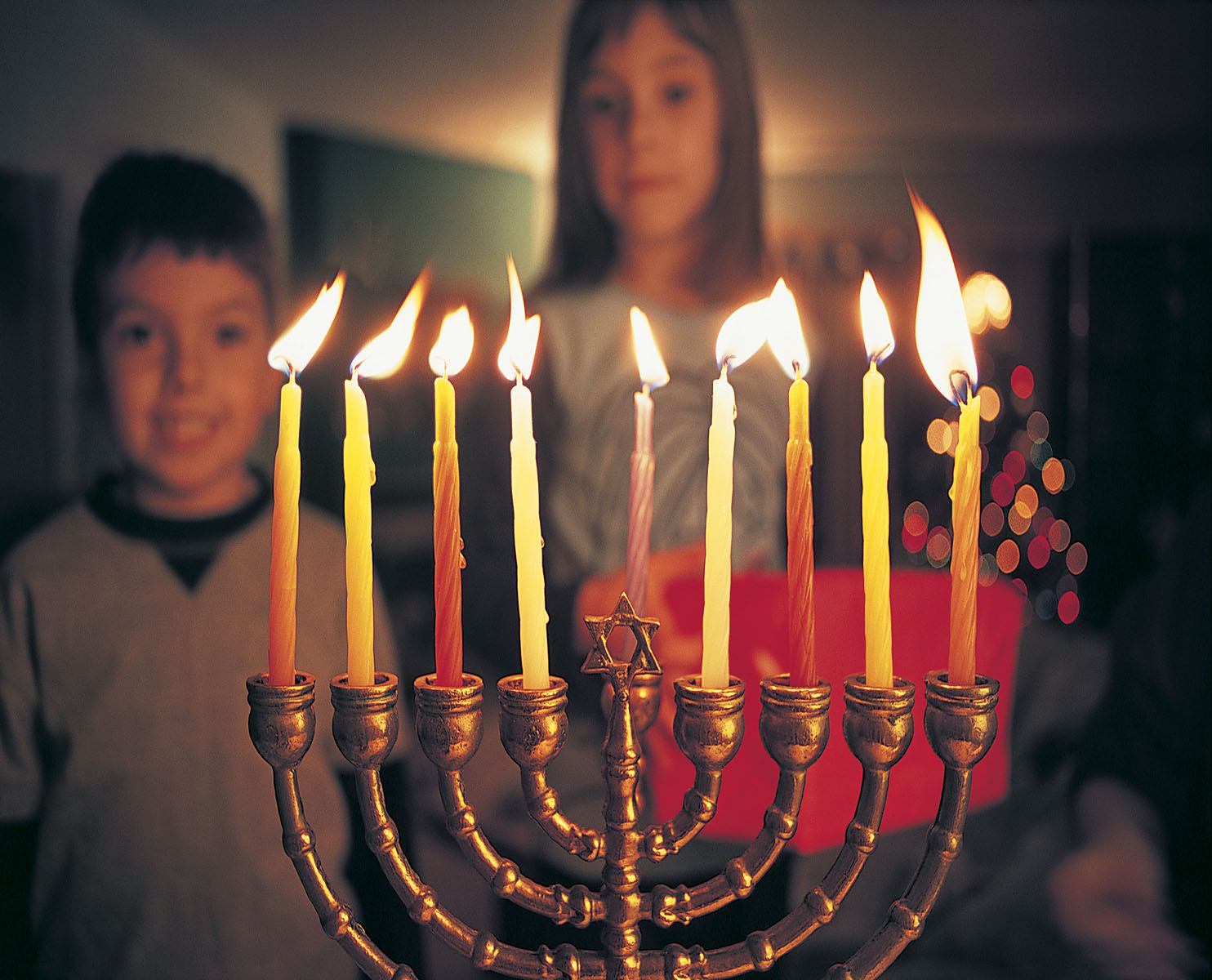


0 thoughts on “Why Does My Candles Sink In The Middle”